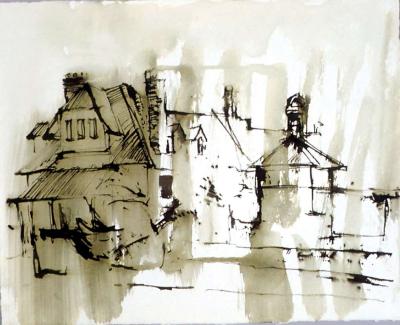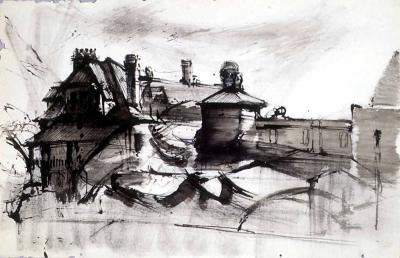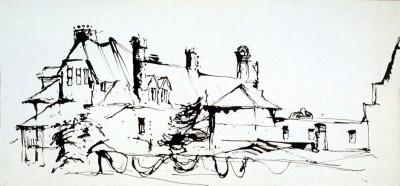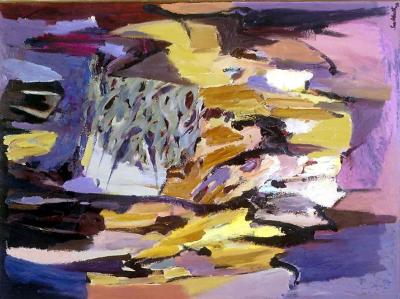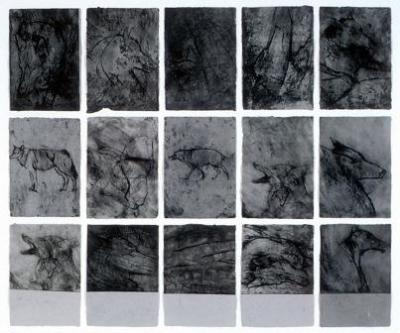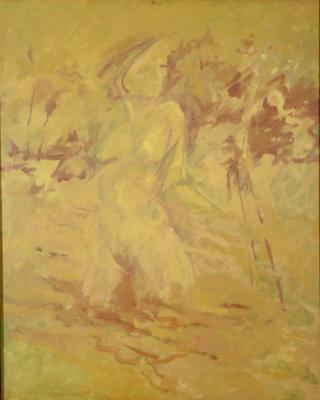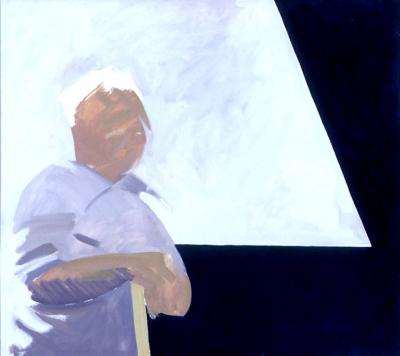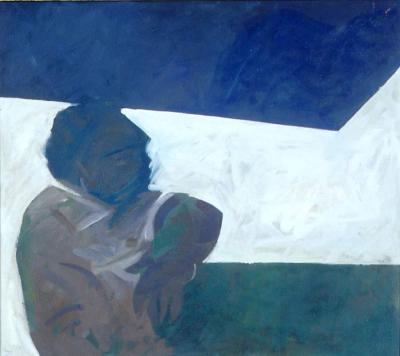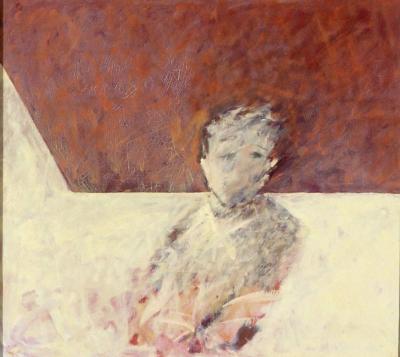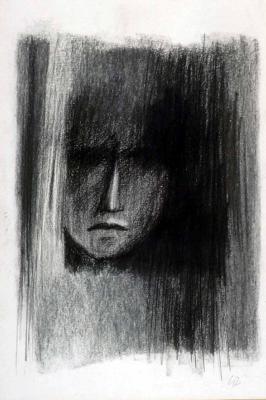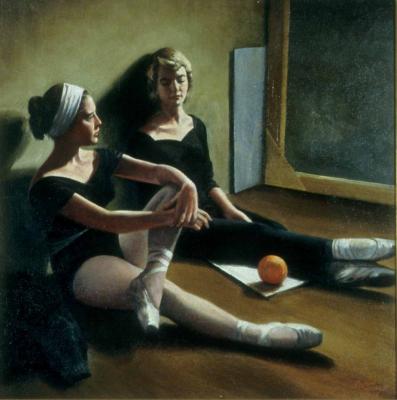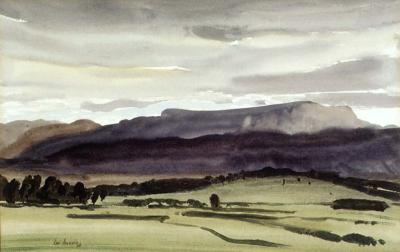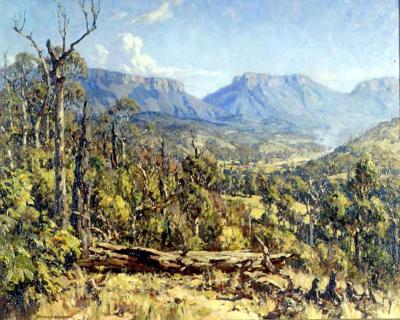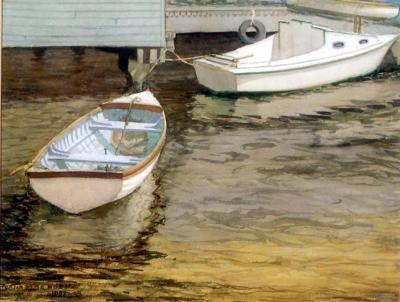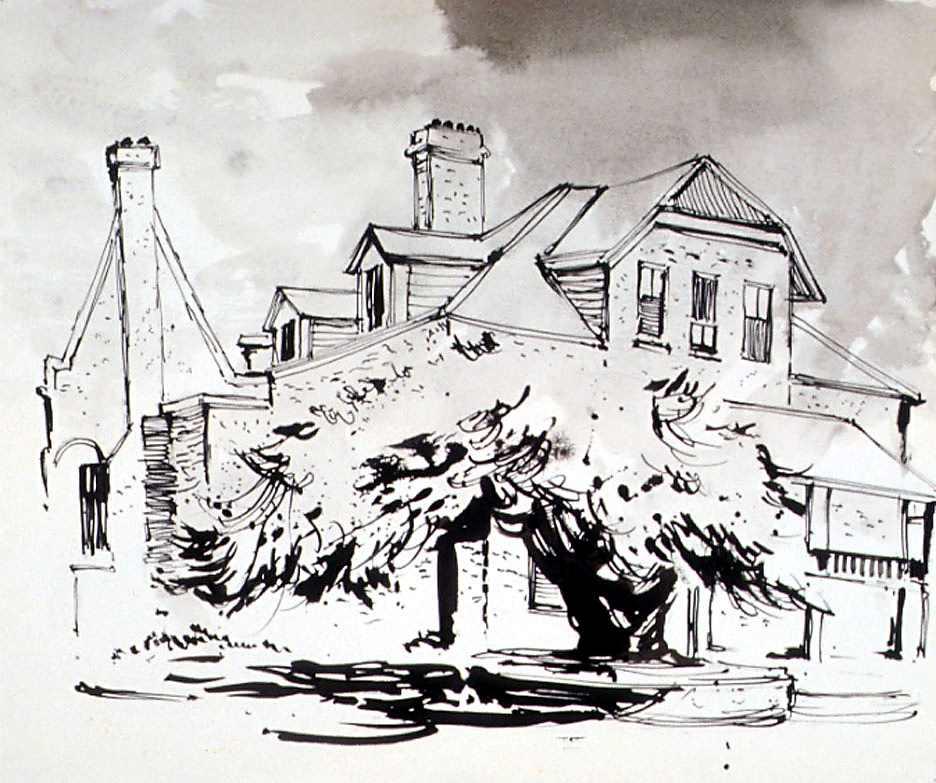(d. Sketch of Fremantle Arts Centre)
1973 - 1974Drawing of old Fremantle Lunatic Asylum, now the Fremantle Arts Centre, with watercolour and ink on paper.
Ian Wroth produced watercolours and drawings of the conserved old Fremantle Lunatic Asylum as Artist in Residence at the Fremantle Arts Centre in 1974.
Details
Details
The Fremantle Arts Centre has a rich and complex history, dating back to its origins as the Convict Establishment Fremantle Lunatic Asylum and Invalid Depot, built by convicts on a six-acre grant in 1864. Originally governed by strict prison rules, the asylum later became a repository for various social issues, including alcoholism, prostitution, and care for the elderly. During the 1890s gold rush, it also accommodated miners and Chinese laborers suffering from sunstroke and opium smoking. The tragic death of Mrs. Clifford in 1900 prompted public outcry, leading to the appointment of medical professionals to oversee the facility.
In 1909, the asylum transitioned into a Poor House known as the Women's Home, addressing the needs of impoverished and elderly women. A year later, it became WA's first maternity training school until relocating to the King Edward Hospital for Women in 1916. Until 1941, it continued to house poor and elderly women, with various challenges including escapes, quarrying, and protests.
During World War II, the site expanded to accommodate American naval servicemen fleeing the Japanese invasion of the Philippines. Post-war, it became the Fremantle Technical School and later provided temporary space for overcrowded schools until its threatened demolition in 1958.
Saved from demolition by the efforts of Sir Frederick Samson, the site was restored and transformed into the Fremantle Arts Centre, officially opening in 1973 under the directorship of Ian Templeman. Despite minimal resources, Templeman established foundational programs and services, including the Fremantle Arts Centre Press. The Centre received its first annual operating funding from the State Government in 1978, securing its continued existence as a vital cultural institution.
Ian Charles Wroth, an Australian artist born in 1927, undertook studies in Sydney from 1951 to 1954, later residing and working in Perth, Western Australia. Renowned as both a respected teacher and a skilled watercolourist, Wroth drew inspiration from the classical Western art tradition, particularly focusing on the landscapes of Mediterranean Europe. His works includes paintings created during his time in Italy and Spain, and later in his career, he transitioned to creating abstract contemporary works that evoke light and movement. Throughout the 1960s and 1970s, Wroth participated in numerous exhibitions, with his pieces finding homes in both public and private collections across Australia and Europe. He passed away in 2004 in Lesmurdie, located in the foothills of Perth.
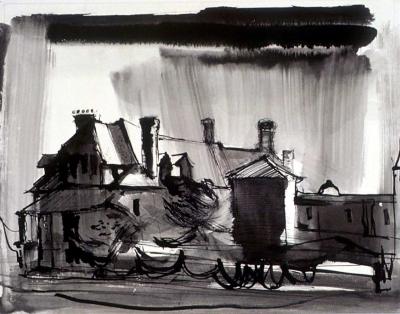
![Exeunt Omnes [Florence]](https://collectionswa.net.au/sites/default/files/styles/thumbnail/public/2024-05/0168_.jpg?itok=4YlTV-gM)



